written by Peter Murphy | photos by Nikita Lee
I set out with visions of gold dancing in my head. Found some, too. Well, actually, Tom Kitchar found some. But, I’m getting ahead of myself.
This highway to the east of Cave Junction (originally the Oregon Caves Highway, built in 1922) starts out smoothly enough and not too busy. On this warm spring day, it was bordered by a phalanx of fresh green foliage that adjoins many Oregon highways this time of year. Soon enough, the road turned serpentine and began to climb into the woodsy foothills of the Siskiyou Mountains. The leafy green foliage here belies the yellow treasure below that long drew miners to pan the creeks and still does today.
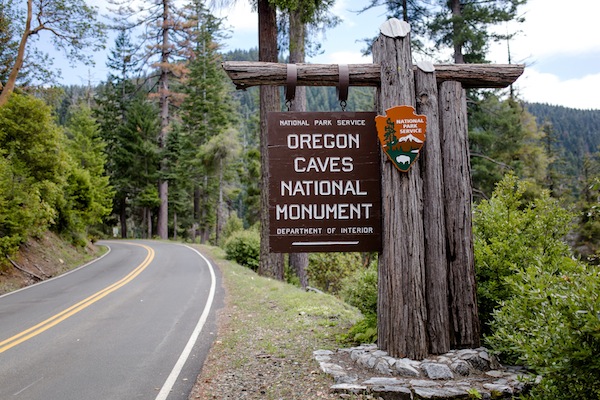
It was along this route that gold was first discovered back in 1851. Early settlers found flecks and nuggets in Sucker Creek, which parallels much of the highway. Discoveries quickly followed in the nearby Illinois Valley and, soon, the rush was on. Local lore today refers to Sailors Digging’s close by, which later turned into the Waldo Mine. Kitchar embodies that heritage, having come to these parts in the 1980s in search of gold, a pursuit that still motivates him. These days, though, he spends most of his time fighting for mining rights as president of the local mining district.
The treasure at the end of this trail for most of us is the Oregon Caves National Monument, which, on this spring day, was dedicating a new exhibit—a huge expansion of the monument grounds. In December 2014, Congress gave its approval to a tenfold expansion of the Oregon Caves from 488 acres to more than 4,000 acres. “It is a day to give back to the communities that support us, Cave Junction, Grants Pass and the others,” said Ranger George Herring. The setting is both spectacular and subdued. “It’s the most geologically complex mountain range in North America,” Herring said.
The crown jewels, however, remain the same—huge caverns that host thousands of visitors every year. Formed by a recipe of crystalized limestone transformed by water, the marble interiors dazzle in their display of nature’s handicraft. The different caverns bear names that tell a story: Joaquin Millers Chapel, Soda Straws, Paradise Lost’s Drapery and others. You’ll have to get in line early if you want to see them though, as tours begin to fill up in the morning and end by mid-afternoon. The tours last about ninety minutes and cost $10 for adults and $7 for kids under fifteen.
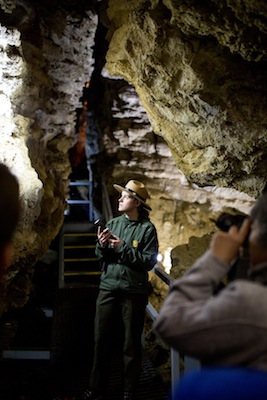
The Dwyer family—Kristine, David and Kai—was there from Seattle, staying in a nearby treehouse. “We’d heard about the Oregon Caves, looked it up, and found the Out ’n’ About Treehouse Treesort for our stay.” Kristine said. “It was perfect.”
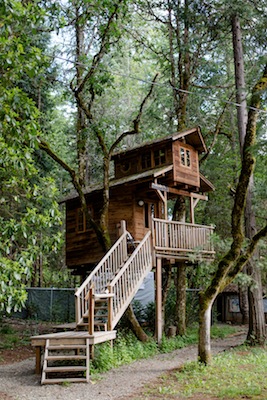
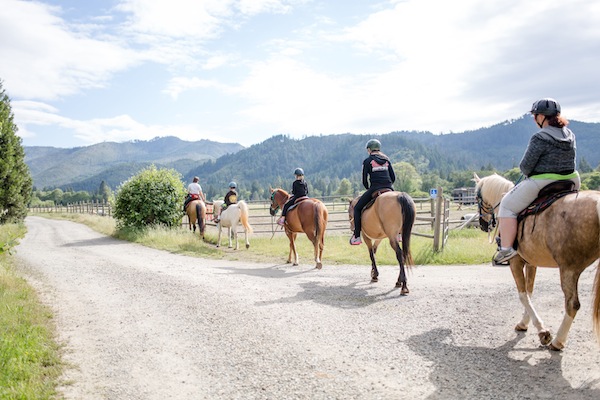
The caves weren’t the only natural wonder found here. When “gold fever” hit back in the mid-nineteenth century, so did the epidemic of prospectors and settlers. Today’s Waldo Mine and District is a legacy of that time, first named for the crewmen who jumped ship on the coast in search of treasure ashore at Sailors Diggin’s. You can still find some of that ore lore on Highway 46 and its companion the Holland Loop.
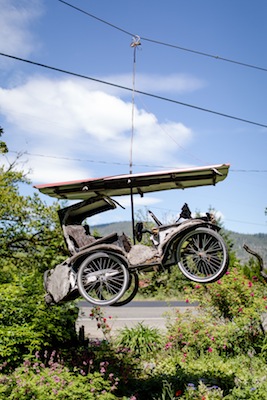
Nearby in Kerby is the former log cabin- style Grimmett School that was built along the old road here in 1898. Children from three local families, and likely local mines, attended the school. Its desks were hewn from raw lumber. In 1959, the historic log school was moved to the Kerbyville Museum, where it is believed to be the oldest-standing schoolhouse in Josephine County.
There’s a treasure of a different type to be found here, too—a liquid one. The success of the Oregon wine industry has not been lost on its new immigrants. Two wineries, Foris and Bridgeview—as well as other new vineyards, are taking root here and along the adjacent Holland Loop.
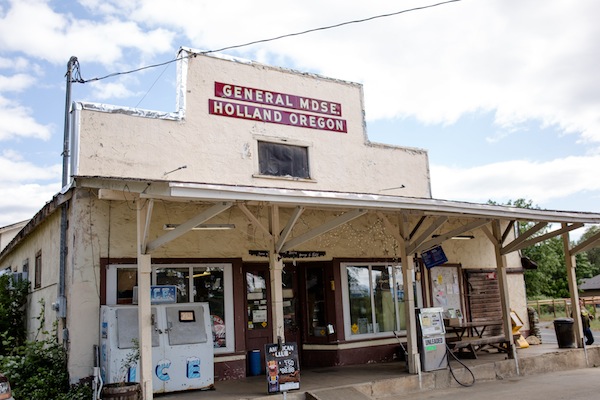
There, Tom Kitchar tends the till at the Holland store, which by one name or another has been around since about the time that gold mining ruled the region. “Came here in the ’80s to look for gold,” he said. “Still looking for it today.” From his pocket, he produced two gold nuggets. “This is what it was all about.”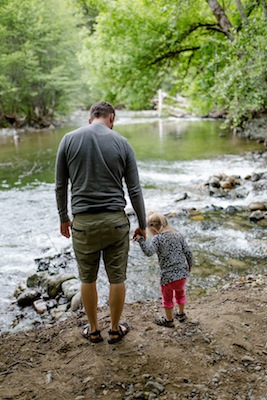
Though gold may not be the average traveler’s pursuit, there are many treasures to be discovered along the Oregon Caves Highway.


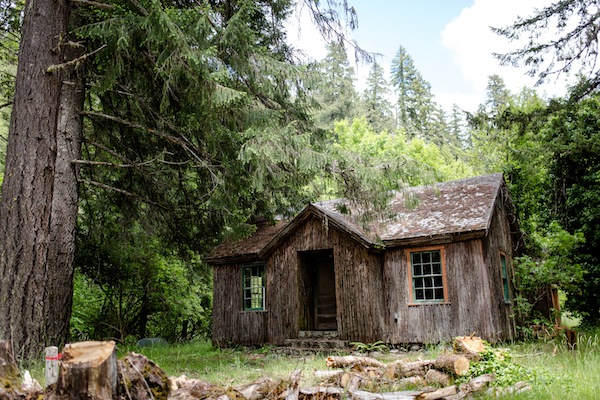
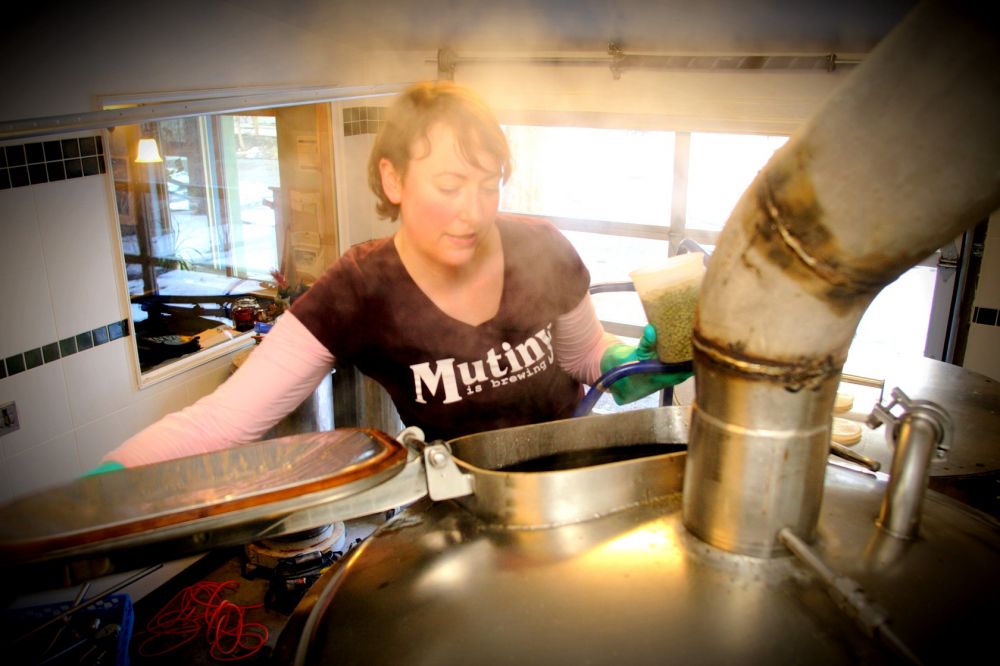
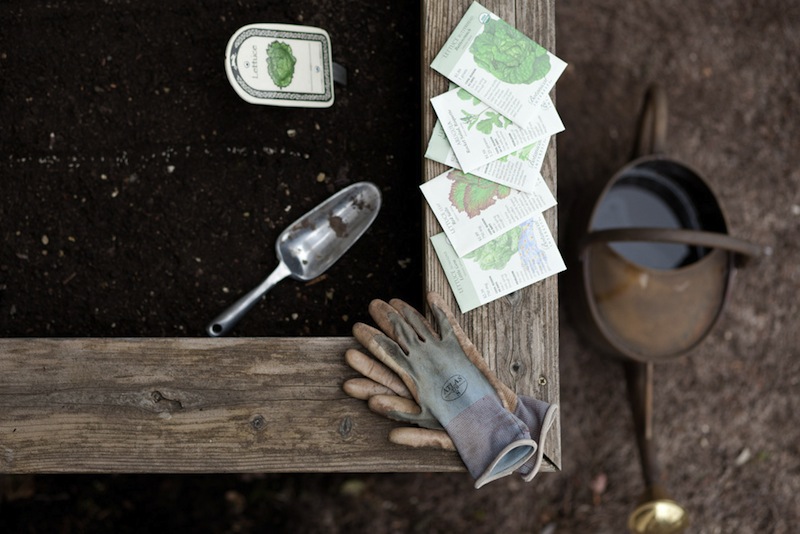
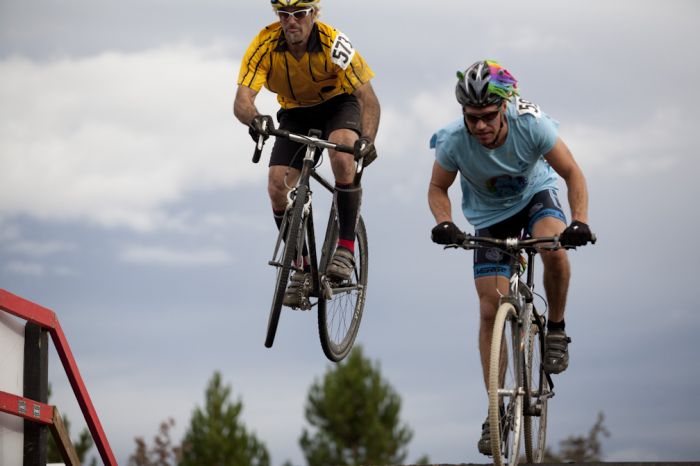




Where is this place located at
Added this to my bucket list !
What are the rates per person for Oregon Caves and Tree House rentals? Also do they have horse back rideing rates?
Would love to visit